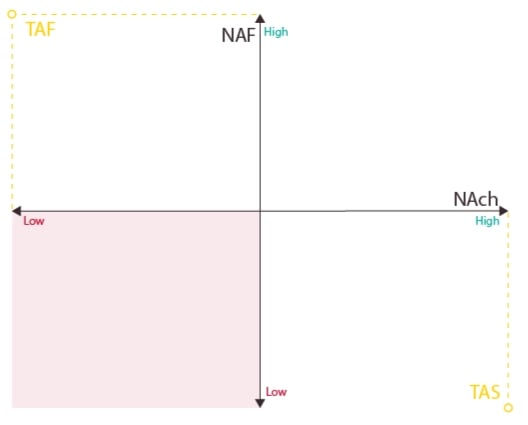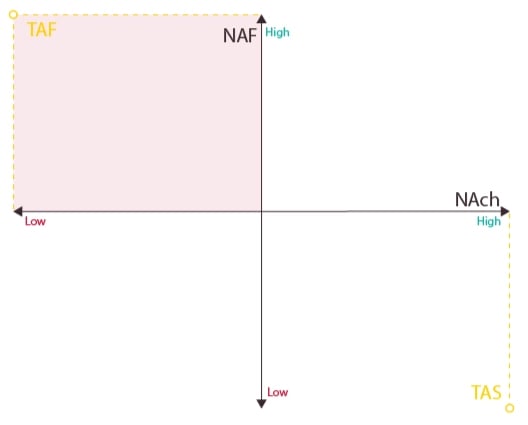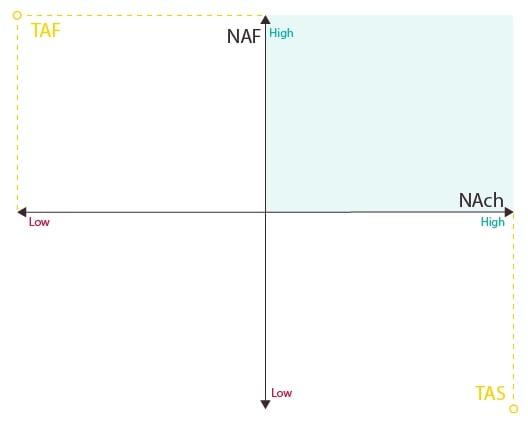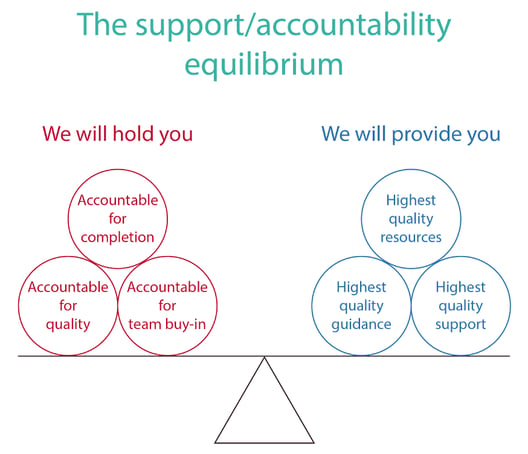April showers... April pressures! The PE Teacher's Work After Easter
Dear PE teacher,
I assume you are reading this roughly in the timeframe that I am writing it. That timeframe is April within an academic year. Returning after Easter can be stressful and this blog is aimed at supporting PE to teachers to frame those experiences with a degree of insight. Enjoy!
I am going to express something, just for once, in a language other than English:
"Sempre torno capficat."
Now, I’m not expecting any of my readers to know what that means but I want to make emphasis of the very last word. The word is “capficat”. In English: “head-stuffed”. The reason I have written the statement in Catalan, a language I speak well as a result of my Catalan partner Marta and my two half-British, half-Catalan/Spanish daughters is that, to my knowledge, there is not a better word to summarise how I have always felt on returning to school/college after the Easter break than “capficat”.
In full, the sentence reads something like:
“I have always returned with my head stuffed.”
I think you’ll agree that the Catalan version sounds better than the English. But I also think you will agree that post-Easter, the return to school is always challenging.
My past experiences are dominated by the sense that there are many, many things to do but that time is running out. When I specifically think about examination groups on courses like GCSE PE, A-level PE, or BTEC Sport courses, I have always felt the “tick-tock, tick-tock” very acutely in April. By this point, I have typically got their mock exam results in hand, probably met with their parents for the last time during a parents’ evening and have probably scheduled a revision event of some kind. But, above all, I have the sense that the achievements that I wish for - that I wish for them - are not in my control.
When we look at the typical institutional (school or college) educational model, we need to make certain analyses. Firstly, education is relatively intangible. What I mean by this is that you can rarely “hold it” or “touch it”. It’s actually really hard to measure too. Furthermore, the process of education - let’s call it learning - is physically dislocated from the educator. Learning occurs not in what I do or the processes that I conduct between April and June as an educator, say, but in the minds and bodies of the students that I am aiming to educate. This, unless we think about it the right way, will always be a source of stress for educators because the end product is not directly controllable. I will write more about this below.
Finally, learning is closely linked to many factors entirely out of our control. For example, a student’s motivation or a student’s self-discipline. Even very ethereal concepts such as a student’s self-worth or self-image impact on their choices to learn more or better and, frustratingly, this feels out of control for a PE teacher. At best we influence these variables. We cannot control them. I have always felt this most acutely in April, hence this post.
So, I wanted to write this blog not because I believe I have all the answers but to share with PE colleagues how I have managed these feelings over my 24 years of being a PE teacher. Also, this year, I have my elder daughter in Year 13 preparing for her final exams in A-level Biology, Chemistry, and PE and my younger daughter in year 11 preparing for ten GCSE subjects, all of which are dominated by exams. Therefore, I feel that what I am going to share below might be relevant to colleagues experiencing the worries of returning to school in April.
So, let’s dwell on a very important point: It is extremely normal that you feel tense about your students’ level of knowledge and skill leading into their exams. You feel this because you care. I consider this to be of positive intent. Sport psychologists, including PE teachers teaching A-level PE, call it:
In other words, we, in combination with our students, are trying to achieve something. Yes, this is grades and outcomes but it is also a general sense of preparedness and success. It is a feeling that hard work and good learning will be validated.
But there is likely to be another form of tension present in you. This tension comes from a more ✽negative source. As educators, we may fear potential negative outcomes and processes. Sport psychologists refer to this as:
✽Negative motivation can be highly activating if perceived in the right way.
Both forms of motivation can drive a person and, to be clear, both forms of motivation occur in all people. The question to ask oneself is:
Which form of motivation is driving you more?
Most research suggests that a dominant NAch approach is most facilitating but all teachers should be reassured that a NAF approach can be useful too. In other words, we want a “got get ‘em” attitude, sure! But, having that nagging sense that things could go wrong in order to drive positive behaviours can be useful too. Take a look at this model by looking closely at the images and reading the associated text:

Low NAch, Low NAF
The teacher highlighted in this image probably doesn’t exist. They have a low NAch and a low NAF. Their approach is probably very hands-off and they will struggle to motivate themselves to drive progress in the classroom. Could this position be indicative of a scenario where a teacher has decided to leave a school and is not investing their efforts anymore? Maybe. This is to be avoided at all costs.

Low NAch, High NAF
This teacher is likely to be extremely stressed. They are probably experiencing high levels of external accountability but the benefits they perceive by achieving high standards are low. In other words, they are driven and probably giving it everything but the tendency to do this to avoid negativity is very high. This is known as a TAF or “Tendency to Avoid Failure”. This teacher needs support.

High NAch, High NAF
This teacher is likely to be very, very driven. In fact, they may even be frenetic at times with a low capacity to slow down and reflect. They are highly motivated to strive for success but they are (potentially) equally fearful of failure or even perceived failure. This teacher is likely to exhibit perfectionism and may suffer as a result of it. The job will never “feel done” and this approach is not sustainable over a long period of time. This teacher may, and I really stress may, experience burnout.

High NAch, Low NAF
This teacher is likely to be very driven and is likely to view “failure” not as failure at all but as feedback. They are probably valued for the successes that their students and they achieve. They are also probably supported if things don’t go quite to plan. This teacher is likely to believe that their positive actions have positive impacts on their students. This is known as a TAS or “tendency to approach success”.
So, a simple question to ask oneself is:
But really good questions to ask oneself are these ones:
- Why do I have the relationship between NAch and NAF the way I do at the moment?
- What needs to happen for me to move, even gradually, toward the bottom right (TAS) quadrant at the moment?
- What support do I need to move, even gradually, toward the bottom right (TAS) quadrant at the moment?
Now, I want to acknowledge once again that no teacher should be concerned with feeling a sense of NAF at work. I have a very strong sense of NAF and it has been a driving force in my career. But, crucially in my opinion, my NAF tendencies are outweighed by my dominating sense of NAch. I think this is what makes me “an educator” rather than “a teacher”.
I also urge colleagues who are experiencing high levels of NAF to consider why this might be the case. Yes, it could be innate personality traits in some cases but one should also be willing to consider external factors such as unreasonable levels of scrutiny or scrutiny that is of a greater scale or impact than the support received. This is known as the support-accountability equilibrium and is a major concern in many schools, unfortunately.
The image below represents how we view this relationship in our own business and I urge you to consider that what is expected on the left is balanced by what is provided on the right. If you look closely, you may even notice that the scale is tipped just slightly to the clockwise. This is extremely important and I encourage teachers to consider whether this is the case for them at this very moment.

So, where do these ramblings leave us? Here are my conclusions and proposed actions.
Conclusion
- A high NAch is more sustainable than a high NAF.
- Teachers displaying high NAch and relatively low NAF are likely to feel in control of their work and, crucially, that success is within their control to some degree.
- Teachers with High NAF and low NAch are likely to be very stressed.
- Teachers with High NAF and low NAch are likely to be experiencing a lack of support combined with high levels of accountability.
- High NAF can only be positive if it is outweighed by even higher NAch.
Proposed actions
If you feel that, at times, you do not have this balance, then taking action is advisable. Here are a series of suggestions that may help to manage the coming weeks.
- Identify more controllable and less controllable factors in your students’ success. Take responsibility for the more controllable factors and only expect yourself to influence the less controllable ones.
- Reflect, honestly, on the balance in yourself between the NAch style of motivation and the NAF.
- If your NAF is greater than your NAch, acknowledge this and begin to reflect on the causes of this.
- Aim to increase the NAch motivation style first. A high NAch is fundamental regardless of NAF.
- Where relevant, try to rationalise NAF. If you are under pressure then try to acknowledge both the internal and external causes of this. It is highly unlikely to be all external or all internal.
- Where external factors are causing a high NAF and low NAch (Support-Accountability disequilibrium is likely to be the cause), take action. Initially, speak with your line manager and key colleagues and seek support to address this. Be persistent in this approach.
Now, I don’t like to post negativity of any kind online but I do feel it is my responsibility to make this specific statement:
- If your work setting intrinsically promotes a high NAF through over-bearing scrutiny without promoting a high NAch through high-quality support and...
- ...you perceive that this scenario is unlikely to change then...
- ...leave that employer and find a better one.
Now, this will feel strong and, again, I never want to post negativity online but what I have written above is reasonable if the circumstances are as I have written them exactly.
So, thank you for reading this post. I hope you have found it useful and insightful. Please consider sharing this post with others who may benefit from it.
Have a lovely day.
James
%20Text%20(Violet).png)


